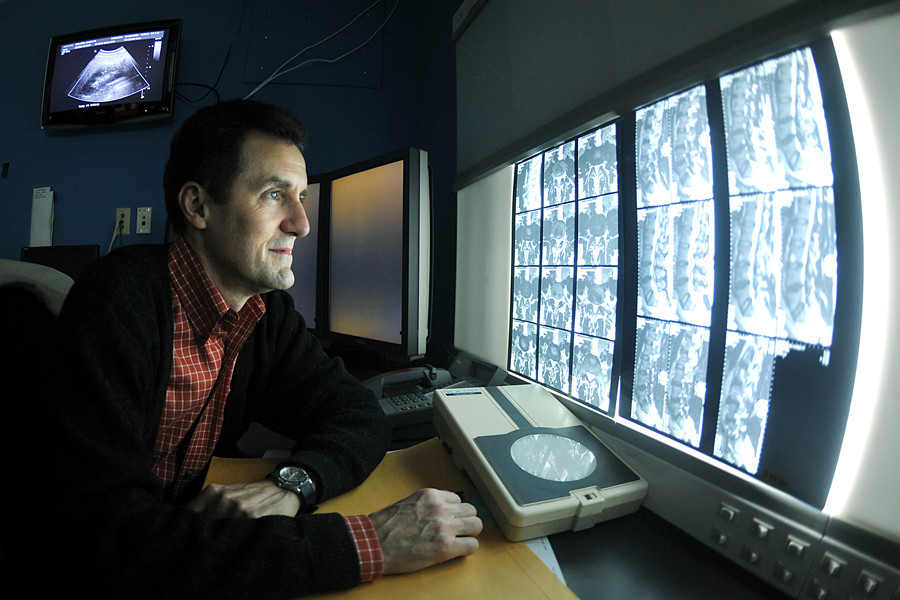The Picture Archiving and Communications System (PACS) has streamlined protocol and creates comprehensive and meticulous images — allowing radiologists to interpret scans with more precision than ever before. However, the system has also created barriers between radiologists and other clinicians and decreased communication among clinicians of various specialties. Some radiologists consider PACS to be a threat to morale and livelihood. According to Robert Wachter, MD, author of The Digital Doctor: Hope, Hype, and Harm at the Dawn of Medicine’s Computer Age, the computerization of medicine has its advantages and disadvantages — on both sides of the spectrum. Here are three ways PACS has made both positive and negative impacts on clinical culture.
The Increasing divide between radiologists and other specialists. When PACS was introduced to the Baltimore VA hospital in the 1990s, in-person radiology consultations dropped 82 percent. Since the medium has become so accessible, now other specialists like neurologists, surgeons, and pulmonologists take on the responsibility of reviewing the images themselves without even discussing them with a radiologist.
Expedited reading. PACS has eliminated the often futile activity of searching for old x-ray films. In the pre-PACS era, when diagnosing a pulmonary nodule, a radiologist would have to check with other facilities, clinics, and sometimes filing cabinets and garages for long-lost x-ray scans that would confirm if the nodule was benign. Wachter reminisces that more often than not these x-rays remained lost, and he and his colleagues had to resort to taking unnecessary biopsies.
Isolation. Although PACS has significantly optimized the reading process, it has been called a “disruptive innovation” that has improved image reading to some extent, but also has resulted in making radiologists feel confined and isolated from their colleagues and has considerably reduced patient-clinician interactions. In his book, Wachter quotes a 2012 study from University of Washington radiology resident, Allison Tillack, MD, that documented the shift in cultural norms in academic radiology. In one interview, a radiologist told Tillack, “Before, I knew the face, name, wife’s name, and kids’ names of all the clinicians, but now I don’t know who you are if you joined the medical staff after we got PACS. Before, when a clinician showed up, I could ask them and find out what’s really going on with the patient.”
Check out an excerpt from The Digital Doctor: Hope, Hype, and Harm at the Dawn of Medicine’s Computer Age published on KQED.
Views: 225
Comment
-
Comment by Candi Dorsaint on April 19, 2020 at 3:16am
-
I used to imagine that gaming console has been planned uniquely for the gaming reason yet the substance in your article has changed my data. Visit horoscope casino en ligne source to play and enjoy amazing betting games. You have given me some brilliant employments of the gaming consoles that I didn't knew previously.
© 2026 Created by radRounds Radiology Network.
Powered by
![]()

You need to be a member of radRounds Radiology Network to add comments!
Join radRounds Radiology Network